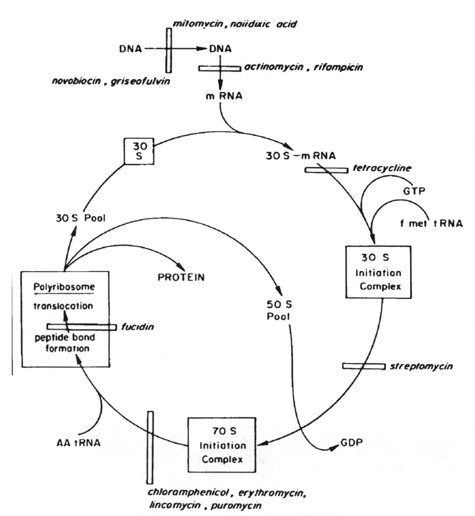Quinoline


- Synonyms of quinoline are benzopyridine, benzo pyridine, leucol, leukol, 1-azanaphthalene, 1-benzazine, 1-benzine, chinoline, chinoleine, Chinolin.
- It is a heterocyclic aromatic organic compound and its chemical formula is C9H7N.
- Raw material of quinoline is coal tar, aniline or quinine.
- The quinoline has melting point and boiling point, melting point range 26 to 28 Celsius and the boiling point is 237 Celsius then the specific cavity is 1.08 to 1.095.
- Quinoline and substituted quinolines are prepared by reacting aromatic amine or coal tar with substituted acrolein at evaluated temperatures in mineral oil.







